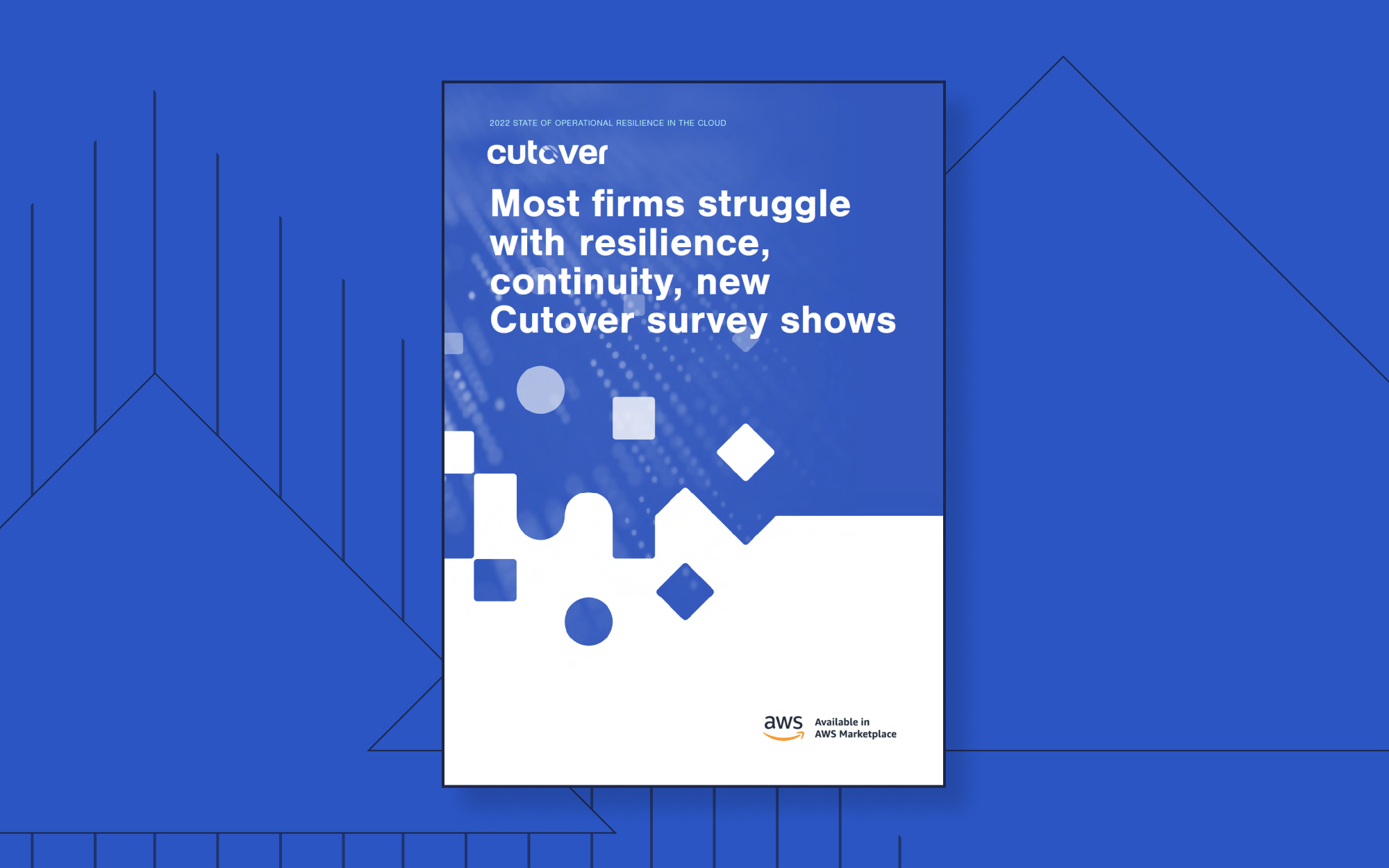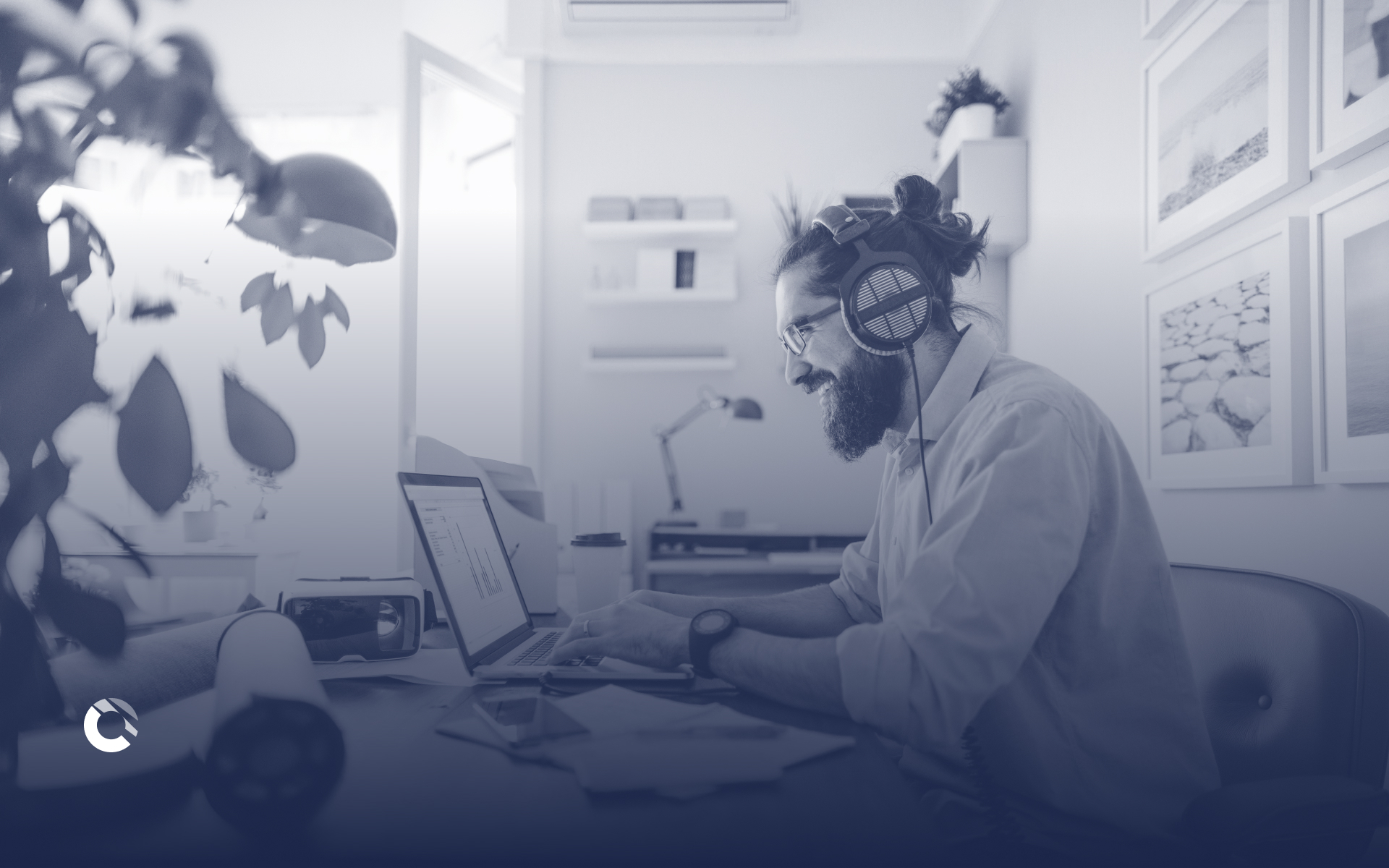In today’s business landscape, rapidly emerging and evolving technologies continue to fuel the view that the human workforce will inevitably become redundant in the future of work. But can automation, AI and machines really replace all of the unique human skills we have?
Prasad Akella, Founder and CEO at Drishti, has industry roots in software, automotive and robotics. He led the creation of “co-bots” - collaborative robots - at General Motors, which ‘marry the power of robots with the cognition of humans’. In a recent podcast, he estimated that there are currently around 1.5 million robots on the entire planet and the capacity of the planet to produce more is a quarter to half a million per year.
As an example, he states that today, there are around 340 million people in production jobs, with statistics suggesting that an average of 5.6 jobs are eliminated with every robot introduced. Prasad calculates that using those figures - 340 million people divided by 6 jobs - we’d need 60 million robots before mankind is completely wiped out on production facilities. So, with the current global maximum production capacity, it’s just not possible for us to replace ourselves in production jobs in this lifetime - and maybe even the next.
Collaboration, not eradication
But even if we had the required production capacity to replace people everywhere, we at Cutover maintain that technology will never be able to take the place of humans altogether. Machines and humans have very different skill sets; machines are well-suited to precision, speed, repetition, analysis and quantitative capabilities, whereas humans are suited to things like leadership, ethics, creativity, teamwork, adaptability, improvisation, communication, empathy and other emotional and social intelligence.
For example, in the financial services sector, robotic process automation helps to automate repetitive, rule-based tasks, such as client onboarding, e-form data handling and a variety of key checks (like legal, compliance, ID and credit checks). This frees up people to focus on and add value to areas that can only be handled by a human, such as customer relationships and innovation. Though machines are able to do things that humans can’t, it’s important to recognise that humans are able to do things that machines will never be able to do. It follows that the two need each other in order to perform in the most efficient way possible.
In terms of how humans can assist machines, an article from the Harvard Business Review suggests that people need to perform three crucial roles: train, explain and sustain.
-
Train: They must train the machines to perform specific work they’re designed to do.
-
Explain: Human experts must explain the behaviour of the machine to non-expert users (including things like decisions, output and data).
-
Sustain: People must continually work to ensure that machines are performing in a way that is proper, safe and responsible.
In turn, machines assist us by augmenting and extending our natural abilities, as well as taking on lower-level tasks to free us up to do more valuable or high-level work.
As a result of this human-machine relationship, the human workforce is empowered in two ways. Firstly, technology will always need humans to build, make sense of and maintain it, so the more machines we create, the more humans we’ll need to support them. Secondly, since technology is also empowering the skills of the human workforce, it is essentially increasing the longevity of human jobs by dramatically improving their efficiency.
The right tech in the right place
It’s important that we support this human-machine relationship by creating workplace environments that promote learning. Training teams to use new technology empowers people within a changing tech infrastructure. But how do we know which technologies will be most valuable to each business’ people?
A key part of collaborative intelligence is data and measurement. Technology is able to provide us with great data at speed, but it is up to us to make sense of that information to adapt and progress. To obtain the correct data needed to solve the problem, the right technology is needed in the right place; only with the right data can we make the best judgement for the circumstances. What information do our people need to do their jobs most efficiently? How can we map technologies to their needs, to build an infrastructure of tooling that best supports our human workforce? After all, consideration of our people is key; their natural skills can’t be automated, and so technology needs to be applied in a way that supports and strengthens the things that make us uniquely human.
Find out more about how Cutover supports the human-machine relationship.




